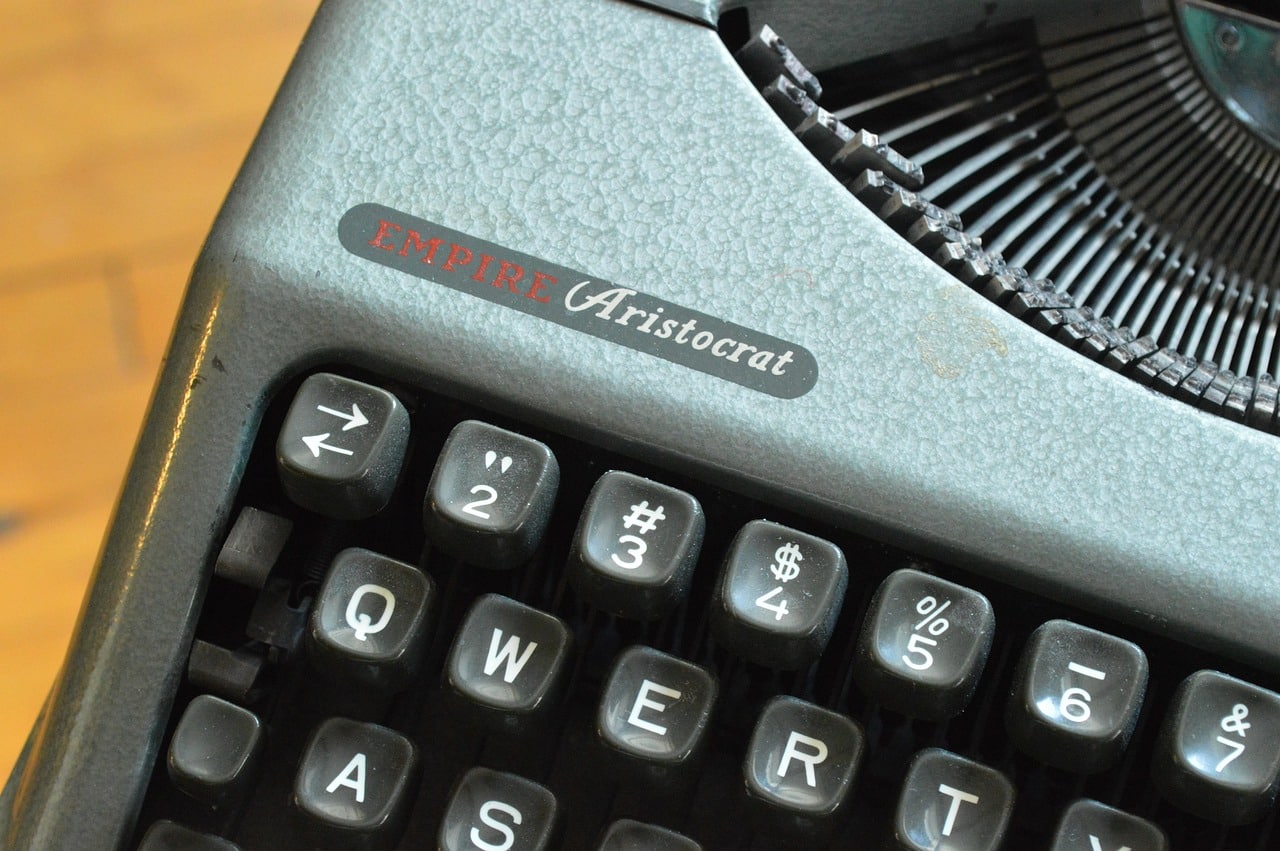
The QWERTY keyboard
The QWERTY keyboard is one of the most widely used tools in the world — and also one of the most misunderstood. We use it every day to write, code, communicate, and yet few people ever wonder why the letters are arranged in that particular order. It’s not a random choice, nor is it the most efficient layout from an ergonomic perspective. So why QWERTY?
Understanding the origin and evolution of the QWERTY keyboard means taking a journey through the history of technology and communication. From 19th-century mechanical inventions to today’s digital devices, this configuration has not only accompanied but also shaped the way we write and interact with machines.
Mechanical origins of the QWERTY layout
The QWERTY keyboard was created in 1873 by American inventor Christopher Latham Sholes, who developed the first commercially produced typewriter: the Remington No.1. The original goal wasn’t speed — it was mechanical reliability. When stenographers typed too fast, the typebars would jam.
To address this, Sholes reorganized the letters to separate the most common key combinations, reducing the chance of simultaneous strikes and jams. The result was a seemingly illogical layout that, in fact, made mechanical operation smoother. And so, the Q-W-E-R-T-Y sequence appeared in the top row.
With the rise of computers, one might have expected a layout redesign. But instead, the QWERTY keyboard survived the digital transition almost unchanged. The reason is simple: habit. Millions of users and organizations had already learned to type with QWERTY. Changing it would have meant retraining an entire generation.
Apple, IBM, Microsoft, and other tech giants adopted the QWERTY layout without major modifications. Thus, a system designed for 19th-century hardware became the global standard for 21st-century computing.
QWERTY vs. Dvorak and other alternative layouts
Several attempts have been made to replace QWERTY. The most well-known is the Dvorak layout, developed in the 1930s to improve typing speed and reduce fatigue. Others, like Colemak, aim to be more efficient while remaining relatively familiar to QWERTY users.
Yet none of these alternatives has ever overtaken QWERTY in popularity. The main reason is the network effect: the more widespread a system becomes, the harder it is to replace. QWERTY became a de facto standard in operating systems, software interfaces, and even mobile keyboards.
QWERTY in the modern digital era
Today, the QWERTY keyboard is everywhere — in laptops, tablets, smartphones, and even smartwatches. Its layout influences interface design, predictive text, and the positioning of virtual keys. Even in voice commands and alternative input systems, QWERTY remains the implicit reference point.
In an age of artificial intelligence, the keyboard as we know it may evolve or even disappear. But QWERTY continues to endure as a symbol of technological continuity, a bridge between mechanics and digital, between past and future.
The QWERTY keyboard is more than just a tool — it’s a historical legacy. Born from a mechanical compromise in the 1800s, it has endured decades of innovation without ever truly fading away. And while it may not be the most efficient layout, it remains the global standard for digital writing.
Understanding why we still use this layout helps us see that technology survives not only through efficiency but through habit, compatibility, and culture. And every time we press those familiar keys, we’re typing out a small part of history.








